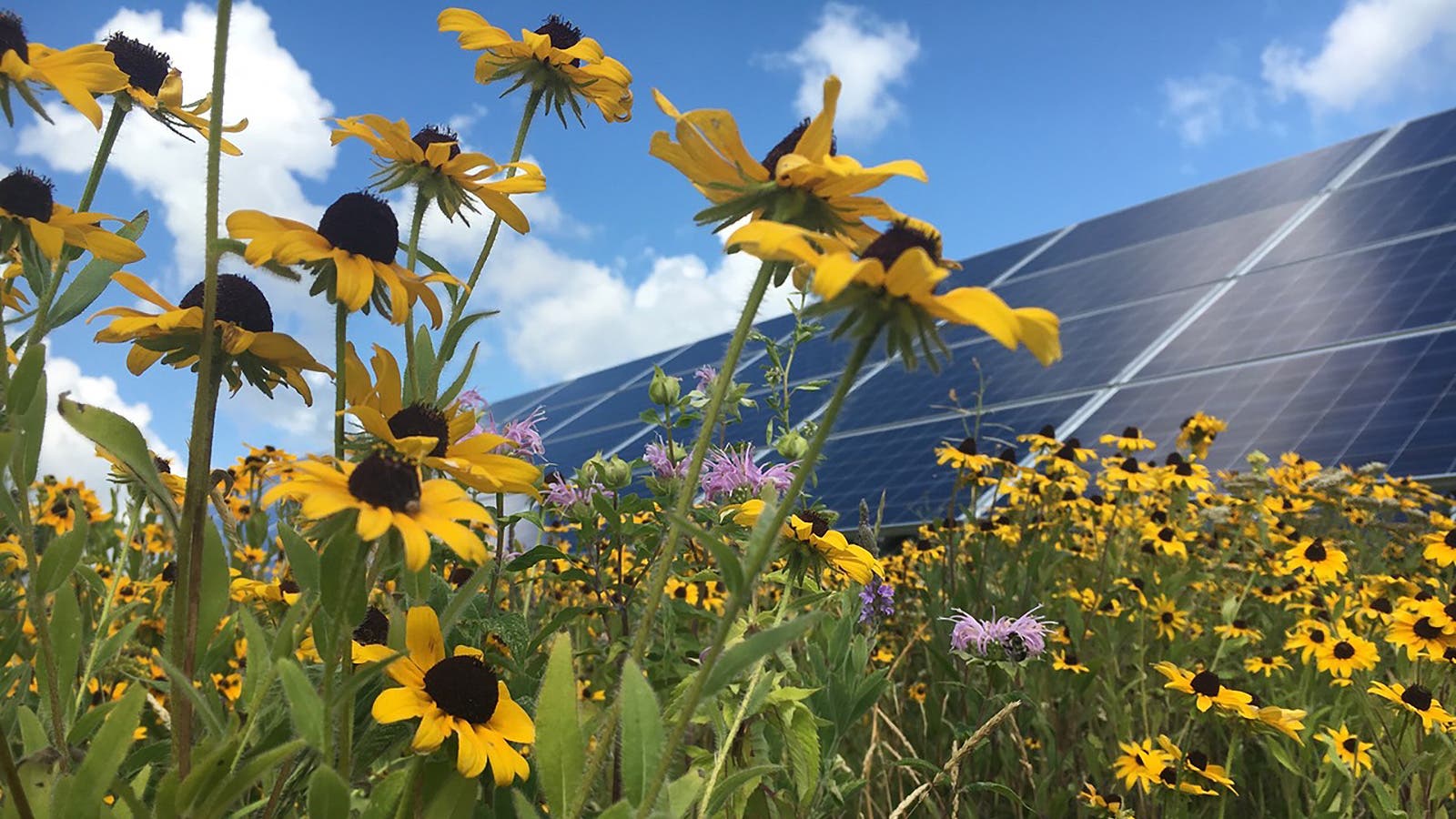Insect Populations Flourish in the Restored Habitats of Solar Energy Facilities
Two solar facilities built on rehabilitated agricultural land were restored with native plants. Argonne researchers observed pollinators thrive. Bumblebees buzz from flower to flower, stopping for a moment under a clear blue Minnesota sky. Birds chirp, and tall grasses blow in the breeze. This isn’t a scene from a pristine … [continued]


